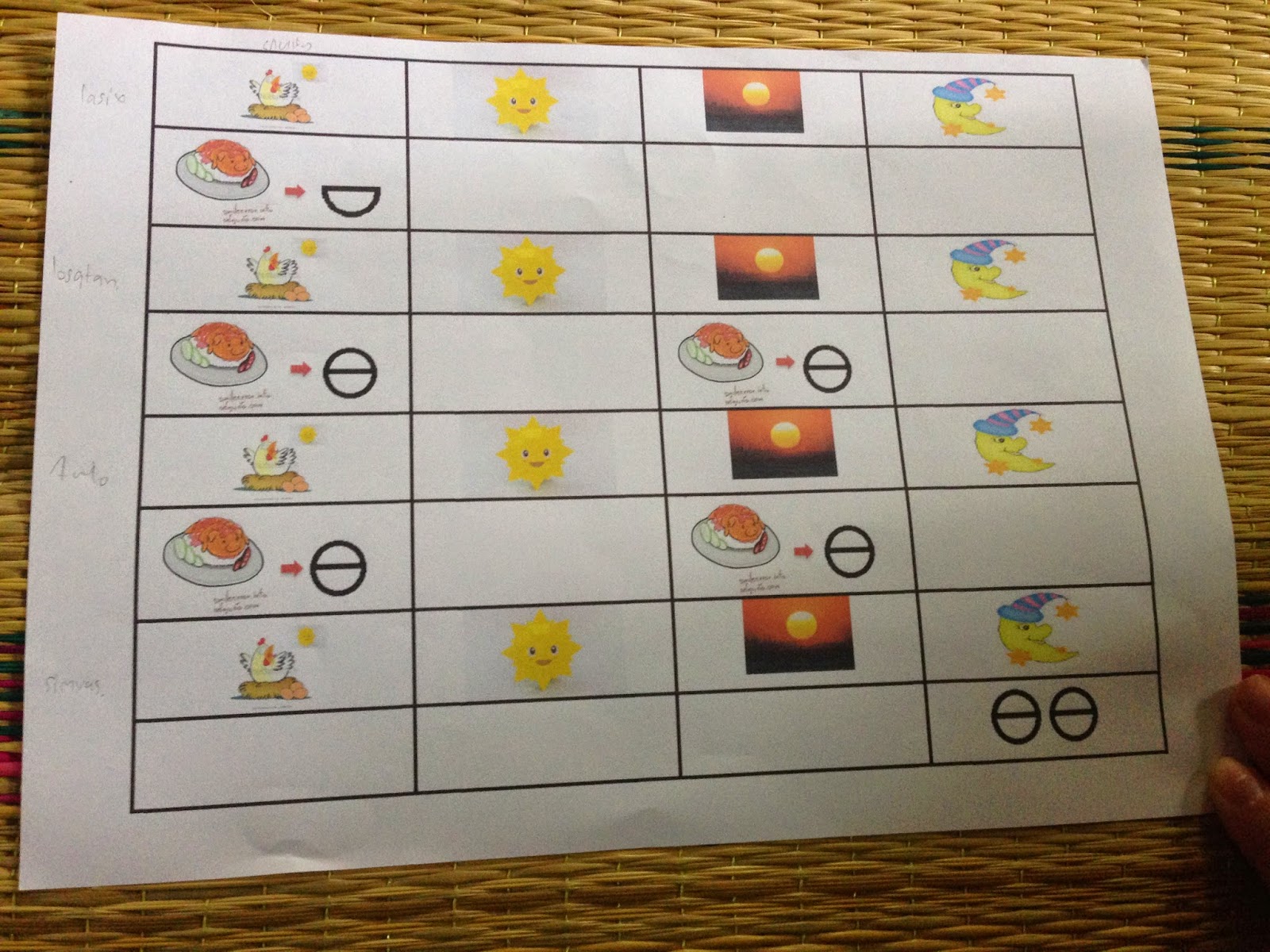“I know there is strength in the differences between us. I know there is comfort where we overlap.”
― Ani DiFranco
― Ani DiFranco
In the span of the day we visited multiple community elders (called "grandmas" and "grandpas" with endearment by students and community members alike) with chronic diseases such as diabetes, high blood pressure, and high cholesterol. Throughout the day we helped create plans of care that involved creative use of available resources to promote positive health change. We witnessed a home-made "parallel bar" system that promotes physical activity, balance, and improves circulation to the feet.
Another patient reported to use that she lost 10 pounds in one month by reducing portion size and sugar intake and using a weighted hula-hoop for exercise 300 times per day (we got to trial the hula hoop and now have a fun new way to promote weight loss in our US patients!).
The Thai students used creativity to improve medication compliance for an illiterate patient by attaching symbols and pictures to medication labels. We acted as key agents for creatively coordinating access to healthcare resources by arranging transportation to and from clinic appointments, identifying ways for patients to seek health authorities through use of neighbors or family networks, and using community health volunteers to check-in on patients for blood pressure or blood sugar monitoring as well as to help ensure correct adherence to medication regimes.
While planning for health care in US homes may look different from what we see in our rural Thai community, there is a lasting sense of total partnership, trust, respect, and appreciation for the Thai students and healthcare team by the community members. Elders became very emotional when saying goodbye to their students (called look-nak-suk-sa) that had checked in on them, taught them about diet and medications, and lived as members of their community for the past four weeks. I can only hope that the love and respect earned by the community can be translated by us as future NPs in our US communities. I know that I have been personally inspired to carry that Thai spirit of creativity and connection in my future practice as a nurse practitioner in the US or wherever life's journey may take me.




No comments:
Post a Comment